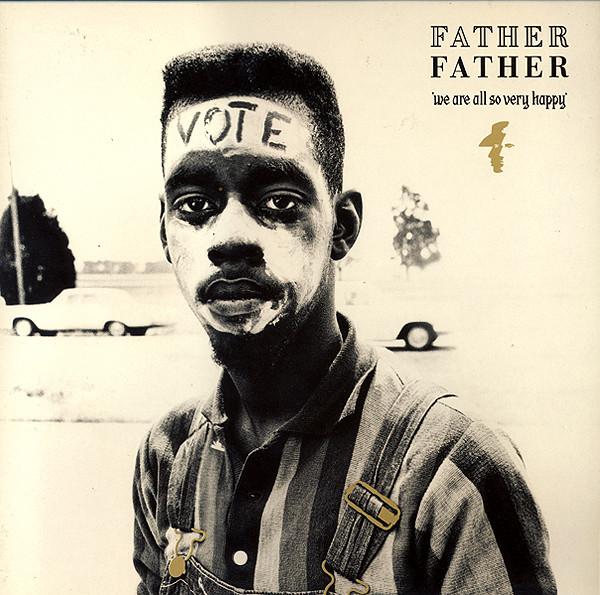This article originally appeared on i-D.Repurposed photographs are all around us. They're on the covers of books (see: Hanya Yanagihara's A Little Life, which brilliantly employs Peter Hujar's 1969 portrait Orgasmic Man). Increasingly, they're in fashion campaigns, like Patrik Ervell's spring/summer 15 imagery that used never-before-seen 80s Hujar images. And, naturally, these recycled images appear on album covers.
Advertisement
Iconic photographers have teamed up with musicians to create artwork since, well, forever. But the partnerships we most often remember have been commissions: Herb Ritts and Madonna ( True Blue), Jean-Paul Goude and Grace Jones ( Island Life:modergb():quality(90)/discogs-images/R-1065896-1262991657.jpeg.jpg)), Robert Frank and The Rolling Stones ( Exile on Main Street), Richard Avedon and Simon & Garfunkel ( Bookends:modergb():quality(90)/discogs-images/R-707930-1495439278-7720.jpeg.jpg)), Irving Penn and Miles Davis ( Tutu.jpg)), Ari Marcopoulos and Jay-Z ( Magna Carta Holy Grail), Annie Leibovitz and Cyndi Lauper ( She's So Unusual). Perhaps most importantly, a then un-famous Robert Mapplethorpe and Patti Smith ( Horses).Strangely, though, it seems we're less able to identify photographs when they're appropriated and reincarnated as record sleeves.Recently, I stumbled across an auction listing for a photograph I recognized instantly. The image, by Nicholas Prior, appears on the cover of Brand New's album The Devil and God Are Raging Inside Me. I was in peak middle-school-emo-era when the landmark record arrived in 2006; trust that I've spent far too much of my life studying the masks and slippers on its cover. So why hadn't it occurred to me that this image existed prior to, and independently of, Brand New's melodic melancholia?Here are 10 photographs that have been appropriated as record covers. You may be familiar with them as works of art, or as album art.
Album cover for Brand New, The Devil and God Are Raging Inside Me (2006)
Brand New, The Devil and God Are Raging Inside Me
Advertisement
Album cover for Layo & Bushwacka!, Night Works (2002)
Layo & Bushwacka!, Night Works
Album cover for Blood Orange, Freetown Sound (2016)
Blood Orange, Freetown Sound
Advertisement

Father Father, We Are All So Very Happy
Album cover for George Michael, Listen Without Prejudice Vol 1. (1990)
George Michael, Listen Without Prejudice Vol. 1
Advertisement
Album cover for Big Star, Radio City (1974)
Big Star, Radio City
Album cover for Antony and the Johnsons, I Am a Bird Now (2005)
Antony and the Johnsons, I Am a Bird Now
Advertisement
Album cover for SNFU, And No One Else Wanted to Play (1985)
SNFU, And No One Else Wanted to Play
Album cover for The Smiths, The Smiths (1984)